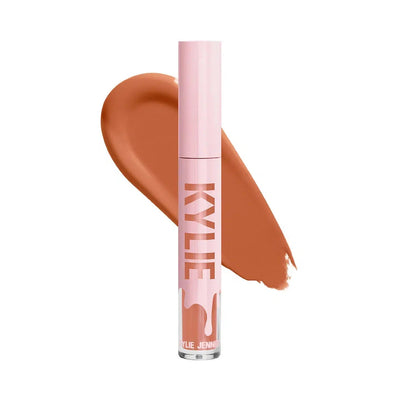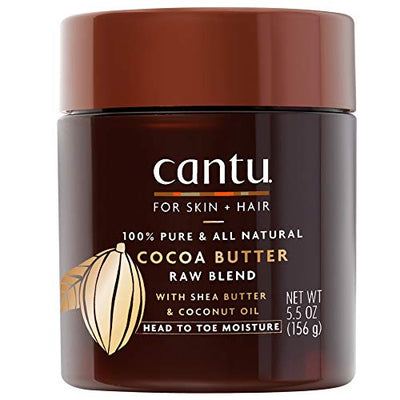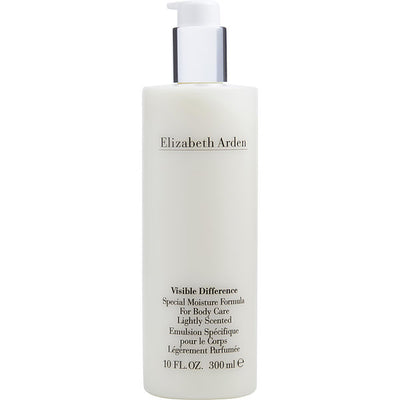Shaving vs. Waxing: The Pros and Cons
Shaving and waxing are two of the most popular hair removal methods, especially among women. Both techniques offer effective results, but they come with their own set of pros and cons. Understanding the advantages and disadvantages of each method for different body areas can help you make an informed decision. In this article, we'll explore the pros and cons of shaving and waxing for various parts of the body.
Shaving
Shaving is the most common and accessible method of hair removal. It involves using a razor to cut hair on the skin's surface. Here are the pros and cons of shaving:
Pros:
- Convenience: Shaving is a quick and easy process that can be done in the comfort of your own home. It requires minimal preparation and is suitable for touch-ups or last-minute hair removal.
- Painless: Shaving is generally a painless method of hair removal. The razor glides over the skin, cutting the hair without pulling it from the root.
- Versatility: Shaving can be performed on various body areas, including legs, underarms, and the bikini line. There are razors designed specifically for different body parts, offering flexibility in hair removal.
Cons:
- Frequent Maintenance: Shaving only removes hair from the surface, so regrowth appears quickly. You may need to shave every few days to maintain smoothness, making it a high-maintenance option.
- Stubble and Razor Burn: Shaving can leave behind stubble, especially in areas with coarse hair. It may also cause razor burns, skin irritation, or ingrown hairs if shaving is not done properly.
Waxing
Waxing involves applying warm or cold wax to the skin and removing it quickly, along with the hair, using cloth or paper strips. Let's examine the pros and cons of waxing:
Pros:
- Longer Hair-Free Period: Unlike shaving, waxing removes hair from the root, resulting in slower regrowth. Enjoy several weeks of hair-free skin before needing another session.
- Smoother Results: Waxing provides a smoother finish compared to shaving. It removes hair from the root, leaving the skin feeling smoother and softer.
- Reduced Regrowth: Over time, regular waxing can lead to thinner and sparser hair regrowth. Some individuals find that their hair becomes finer and easier to manage with consistent waxing.
Cons:
- Discomfort: Waxing can be more uncomfortable than shaving, especially for those with low pain tolerance. The process involves pulling hair from the root, which may cause temporary discomfort or pain.
- Longer Application Time: Waxing requires more time and preparation compared to shaving. The wax needs to be heated or prepared, applied to the skin, and then removed with precision. Even with a full wax kit at your disposal, you’d still need to set aside a good portion of your day to do this activity.
- Sensitivity and Irritation: Waxing may cause temporary redness, sensitivity, or minor skin irritation. Individuals with sensitive skin may be more prone to these reactions.
Choosing the Right Method for Different Body Areas
- Legs: Both shaving and waxing are suitable options for leg hair removal. Shaving is more convenient for quick touch-ups, while waxing provides longer-lasting smoothness.
- Underarms: Waxing is a popular choice for underarm hair removal as it eliminates the need for frequent maintenance. However, shaving can be a quick and painless alternative.
- Bikini Area: Waxing is commonly preferred for the bikini area or the bikini line as it offers a cleaner and smoother result that lasts longer. Shaving can cause irritation and regrowth within a few days.
- Facial Hair: Shaving is not recommended for facial hair removal, especially for women, as it can cause stubble and potential irritation. Waxing or other methods like threading or depilatory creams are more suitable for facial hair.
When it comes to hair removal, both shaving and waxing have their merits and drawbacks. Shaving is convenient and painless but requires frequent maintenance, while waxing provides longer-lasting results with a smoother finish. Consider the pros and cons of each method when deciding which one to use for different body areas. Ultimately, the choice depends on your personal preferences, pain tolerance, desired results, and the specific area you want to address.











